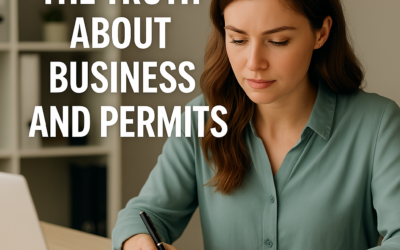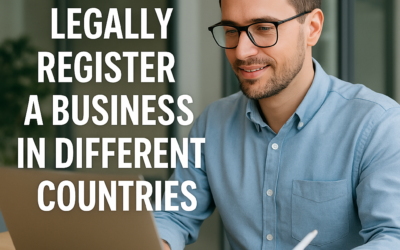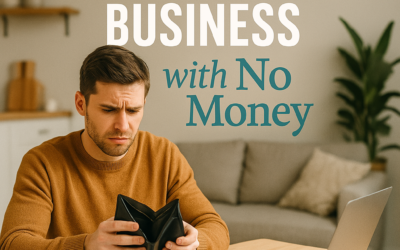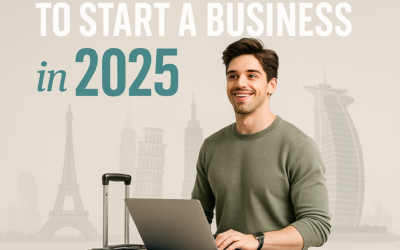Optimize Your Post Timing with Facebook & Instagram Analytics
In today’s fast-paced digital world, knowing when to post on social media is key to boosting engagement and growing your small business. By understanding and leveraging Facebook and Instagram analytics, you can schedule your posts at the most effective times, ensuring your content reaches the right audience exactly when they’re online.
Why Post Timing Matters for Your Small Business
Social media platforms are buzzing with activity, so strategic timing can make all the difference. Posting when your audience is most active not only increases visibility but also leads to higher engagement rates. Studies show that the best times to post on Facebook are generally between 9 a.m. and 1 p.m. on weekdays, while Instagram sees higher interaction from 11 a.m. to 1 p.m. and again between 7 p.m. to 9 p.m. Remember, these are general guidelines—your ideal times may vary based on your unique audience and industry.
Leveraging Facebook Analytics
Facebook Insights offers a robust set of tools to help you understand your audience’s behavior. Here are some actionable tips to make the most of Facebook analytics:
- Analyze Audience Activity: Use the ‘Posts’ section in Facebook Insights to identify when your followers are most active. Schedule your posts during these peak hours for maximum reach.
- Review Past Performance: Look at your previous posts to detect patterns. Which posts got the most engagement and when were they published?
- Experiment and Adjust: Try A/B testing with different posting times. Use the data to refine your strategy and determine what works best for your business.
Utilizing Instagram Analytics
Instagram Insights works similarly to Facebook Analytics, providing valuable information to optimize your post timing. Follow these tips to improve your approach:
- Check Follower Activity: In the ‘Audience’ section, find details about when your followers are most active. Use this data to schedule your Instagram posts during peak engagement times.
- Evaluate Content Performance: Determine which types of posts—photos, videos, or stories—perform best at certain times of the day.
- Monitor Engagement Rates: Continuously track likes, comments, and shares to gauge if your timing strategy is resonating with your audience.
Success Stories: How Timing Transformed Social Media Engagement
Many small businesses have seen impressive results by fine-tuning their post timing. For example, a fashion retailer discovered that their Instagram engagement surged on weekends. By focusing on weekend posts, they boosted their overall engagement rate by 30% in just three months. Similarly, a tech company found that posting on Wednesdays drove a 25% increase in click-through rates on Facebook. These success stories highlight the power of using analytics to inform your social media strategy.
Key Takeaways
- Regularly review audience activity and engagement metrics.
- Experiment with different posting times and content formats.
- Stay updated with industry trends and continually refine your strategy.
Conclusion
Optimizing your post timing on Facebook and Instagram can dramatically enhance your social media presence. By leveraging the analytics tools available on these platforms, small businesses can better understand their audience, tailor content schedules, and ultimately drive more engagement. Start analyzing your data today, and watch your online presence and customer interactions grow!









